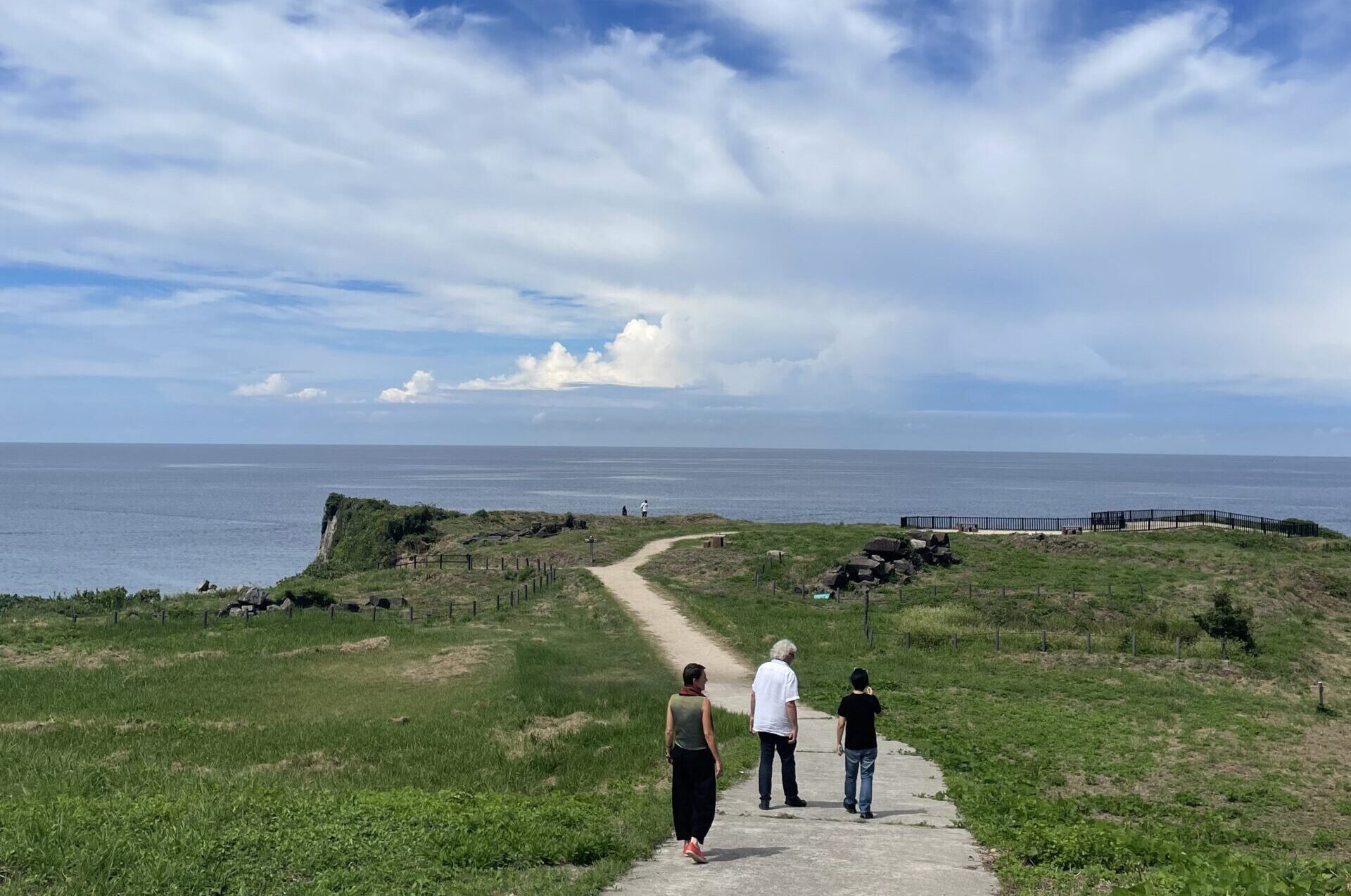
2025.7.22
Cultivating Tomorrow #5
Conversation with
Martin Rauch (Ceramicist and honorary professor of the UNESCO Chair of Earthen Architecture, Building Cultures, and Sustainable Development )
Anna Heringer (Architect and honorary professor of the UNESCO Chair of Earthen Architecture, Building Cultures, and Sustainable Development)
Kayo Tokuda (Curator)
Circle of Life, Circulating Life
What is it like to build a home? Home that is the foundation of our life, and yet so few of us today know how to build one. Kayo Tokuda, the chairperson of NPO TOMORROW, had the urgent sense that acquiring the skill back in our hands was crucial in navigating through the coming, possibly very challenging, time. In response to her call, Martin Rauch and Anna Heringer are now working on earthen installations in Taiza, involving the local community.
Dignity to the Material
Martin, I’d love to start by asking how your journey with clay began, and how it led you to explore rammed earth—your signature technique today.
Martin Rauch: I grew up in a very creative family, where I learned ceramics and sculpture. For me, the material itself was the artwork. Over 40 years ago though, something shifted: I became aware of how much energy it took to fire the clay. I started experimenting with unfired earth to make sculptures. And saw that if a structure is well protected, earth construction is strong enough.
It grew step by step. The projects became larger, so we started to develop tools and systems to handle the material more efficiently. That’s how we arrived at a modern version of rammed earth.
Your innovative work seems to derive from rediscovering and learning from old wisdom. How did you discover the rammed earth – such an ancient technique?
Martin: When I started, I didn’t know much about the rammed earth technique. I was just making things with raw clay—unfired sculptures. At the age of 16, I traveled to Africa and I saw that the earth was used for building. Later, I found out rammed earth existed in Europe for centuries, too. There are still homes standing today, made with earth walls.
What appeals to me is the earth as material. This simple material we could get hold of anywhere in the world, yet there is no same clay anywhere. We have to cultivate a language to understand the material, as there are many layers to discover beneath it. I always think it is like an abstract art, in a sense that there is always more to discover under the seemingly simple surface.
Another challenge for us is that this building material is so simple and accessible, but is alienated from our contemporary building system. The material is no longer familiar to most of us. And we have to overcome the preconceived notion surrounding the material.
Anna: I’d like to add to it by saying Martin was one of the first to introduce earth as strong and aesthetic material. In the past, people would use earth as a building material because it’s cheap, fireproof, safe and healthy. But in the end they’d plaster over it or clad it with stone to make it look like a stone building. So earth as the material was hidden. It was never treated as something beautiful. Martin gave it dignity— by showing it on a visible surface, incorporating it into a design element.

Model for MIYA Tea House, Anna Heringer, Martin Rauch & TOMORROW, 2025
Tokuda-san, how did you discover Martin and Anna, and what drew you to their work?
Kayo Tokuda: After completion of my last two projects – the construction of the Teshima Art Museum and Chichu Art Museum in Naoshima, both of which were very concrete-heavy- I started questioning myself. I wasn’t sure if this was the way I wanted to pursue the rest of my life.
I started working with craftspeople – people who work with their hands. I was drawn to the idea of working with hands and started researching it. That’s when I read an article about Anna’s work in a Japanese magazine.
I didn’t want TOMORROW FIELD to be just another building. I wanted it to be an opportunity for our youth to learn about building a house. The current Japanese education system doesn’t teach students how to build their own houses, even with the materials that are accessible, safe and sustainable.
So I thought it would be best to create an educational opportunity through my project, inviting people who inspire me and involving younger generations in the process. It comes from my own frustration and desire. And I reached out to Anna.
Anna: That’s the spirit I see in Martin too. If you want change, you have to be the change first.
Country That Embraces the Humble
What did you think when Kayo reached out?
Anna: I was really happy. Japan was the first country I visited as an architecture student, and it left a big mark. We visited an imperial villa — and I was struck by the fact that even the Emperor’s architecture embraced the most modest material: earth. And to me, the message was clear “We use the same materials as the farmers and the peasants. The difference is, we give it everything: the utmost care, skill, craftsmanship, love. The value isn’t in the material itself, but in the human touch that elevates it. It was beautiful. And it was astonishing.
The contrast was made stronger when I realized the villa was made around the Baroque period in Europe—an era when buildings were made with marble, gold, and the most lavish materials imaginable. Like anywhere in the world, Emperors, Royals and the elite always imported the most exotic materials to show their status and wealth. And it continues today — the wealthier people are, the more they seek out the rare, hard-to-reach objects, as a sign of their success.
I’ve tried to carry the lesson from Japan to my own work in Bangladesh. Whether we were building for farmers or for public schools, we used the same materials. What changed was the level of craftsmanship, the refinement, the love we poured into each project. It was never about showing off what others couldn’t have — but about revealing what’s possible with what we all already do have. I wanted to show that, even with bamboo or mud, you can make something beautiful, lasting — something anyone can learn, and replicate.
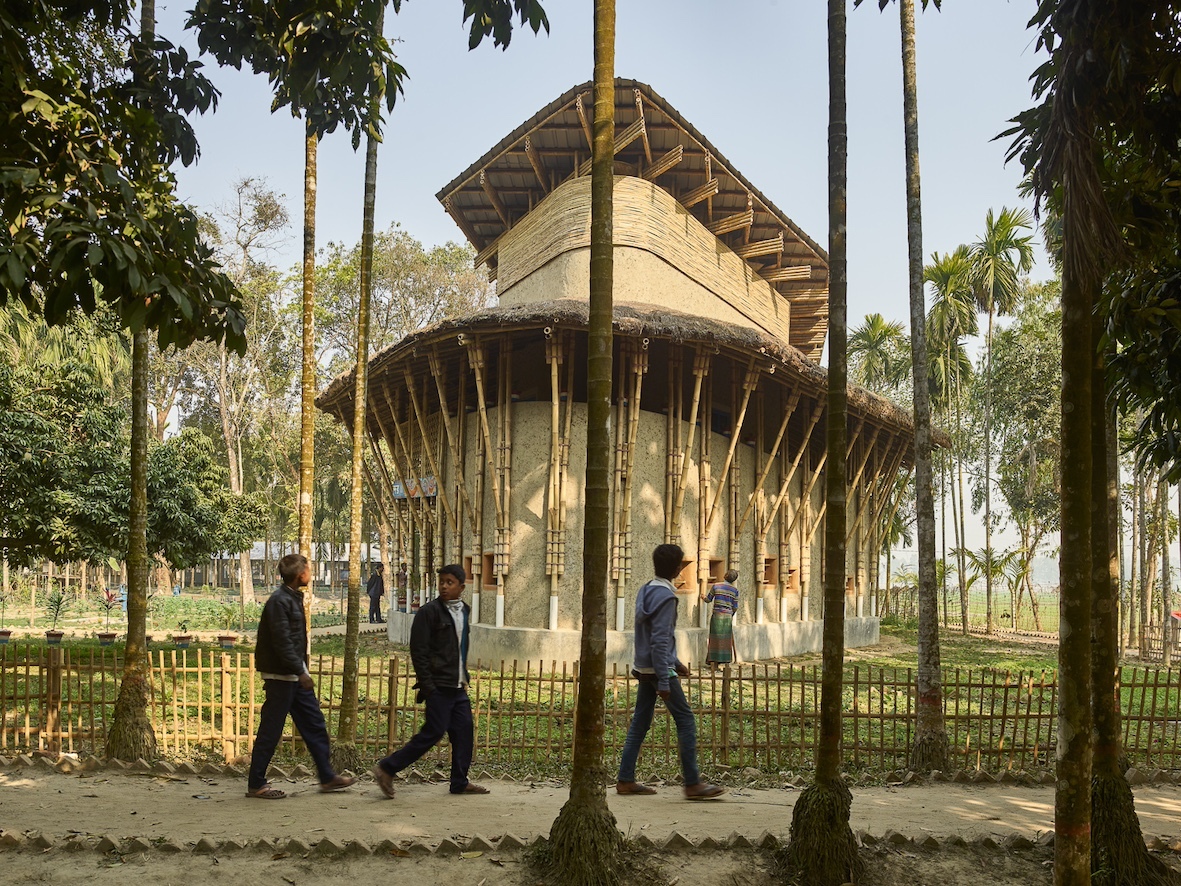
Anandaloy oustide photo: Kurt Hoerbst
Accessible Material, Accessible Knowledge
Will you tell us more on that?
Anna: Yes, as Martin often says, earth construction is quite accessible. You need one or two people who know what they’re doing, and then you can involve a lot of people who may not have any experience.
Another beautiful thing about working with earth is that you can usually find meaningful work for everyone. At one project we even involved children. Building isn’t something you do alone. You need people, always. Even small acts — like making tea or cooking soup for the builders — become part of that collective effort. There’s always a way to include others.
So it’s perfect for community building. Whenever we build something, we always try to design the process in a way that fosters connection: so we’re not just creating a structure. Because if we’re honest with ourselves, it’s not material things we’re lacking in today’s society — it’s relationships. We long for shared experiences, for a sense of purpose. For something we’ve created together. Something we can stand in front of and feel proud of.
And your installation will be called Tea House. Tell us how you came to the name.
Kayo: When we visited Martin and Anna, they made us soup with local vegetables in a house Martin built himself, in the village he grew up. That felt so rich. I want our space to carry that same spirit—deeply rooted, welcoming, nourishing.
For me, meals should be the center of life: it’s what we eat that keeps us healthy, and that helps us think healthily. So I needed a name that signifies sharing meals and being the center of life. Tea House seemed like a perfect name for me.
The landscape of architecture influences children, I believe. It’s something you grow up seeing and being immersed in. With the way we make the landscape in Taiza, I hope it will inspire the children and the youth to think about the future for the community.
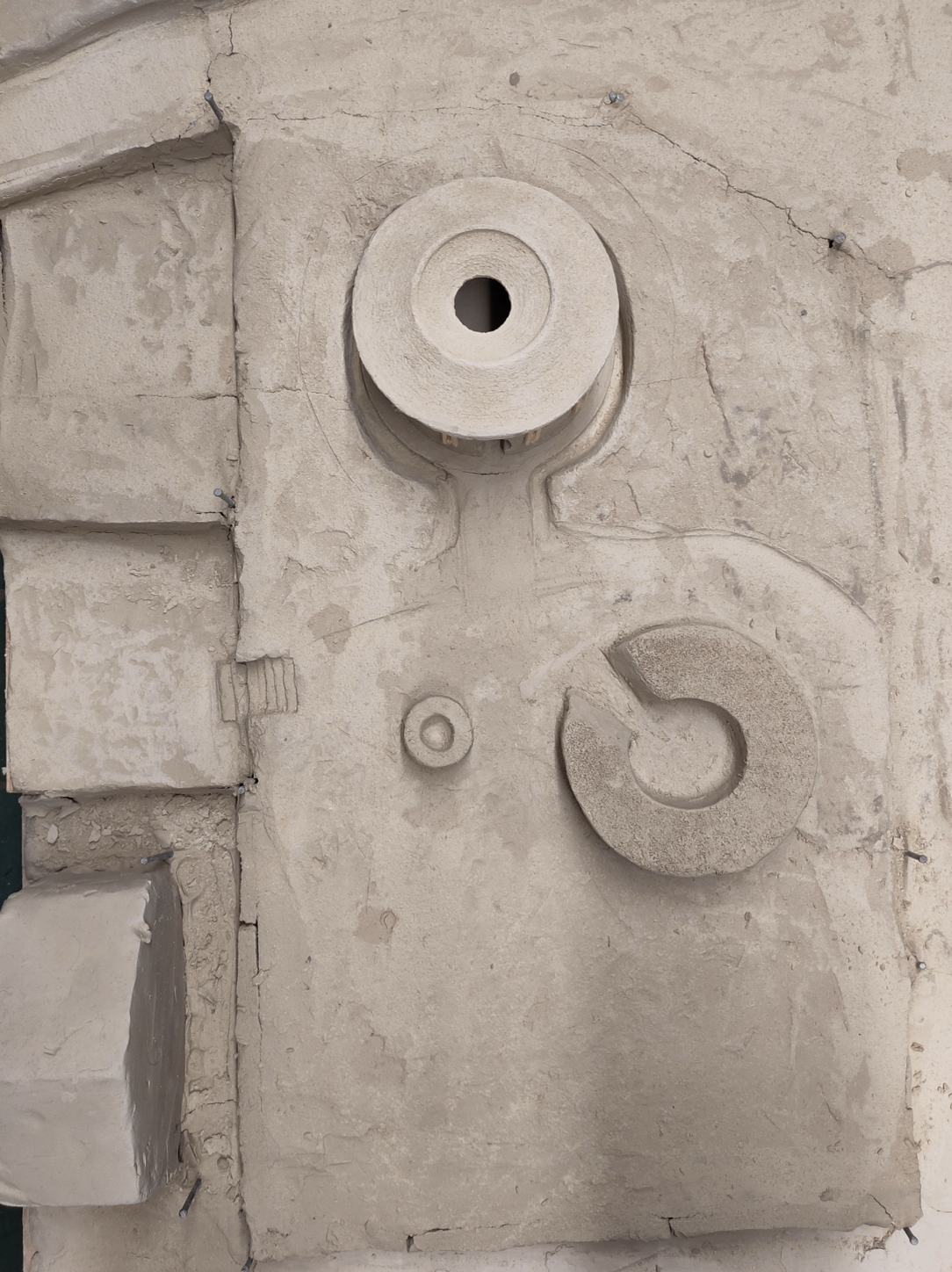
Model for MIYA Tea House, Anna Heringer, Martin Rauch & TOMORROW, 2025
Circle Embraces
How was the actual designing process following that concept?
Anna: At first, it was a struggle (laughs). I don’t remember how many different shapes we had to come up with. Some of them looked fine. But they didn’t resonate. It felt like, “This could be anywhere.” So we went back to the site. We asked: What’s really specific to this place? What feels rooted in Japan?
Earthquakes, of course, are a reality — and one of the first arguments people often make against earthen architecture. So we thought: what’s the safest shape you can build in a seismic zone? It’s the circle.
Martin: The round shape works very well in earthquake-prone areas — it offers natural stability, especially combined with wood. We drew from traditional building methods, and applied them in a modern context.
Anna: We learned there are craftspeople in the area who specialize in round timber structures, which isn’t something you can assume everywhere. Designing a round requires people who know how to build one. When we discovered that the capacity was there, it made this choice even more meaningful.
Circle also symbolizes community — something people in Taiza really long for. They want spaces to come together, to feel connected. So that became part of the concept too.
Eventually, we arrived at this very simple, circular structure — but it extends beyond that. It’s a small ecosystem: the pavilion with fire, the well with water, the garden with plants. The garden will be elevated so elderly people can access it easily. They might come to tend the soil, water the plants, and maybe meet someone and chat. There’s something healing about that.
In the previous interview, Kayo-san said that she’d want a place for people from all walks of life —poets, scientists, philosophers — to gather and talk about the world. It’s beautiful to see it actually happening.
Kayo: Without Martin and Anna, this would still be an idea. They’ve made it real.
Anna: I love how Kayo works. She’s not about building something flashy: her philosophy is always about ”let’s see what’s already here, and raise it up.” That’s powerful.
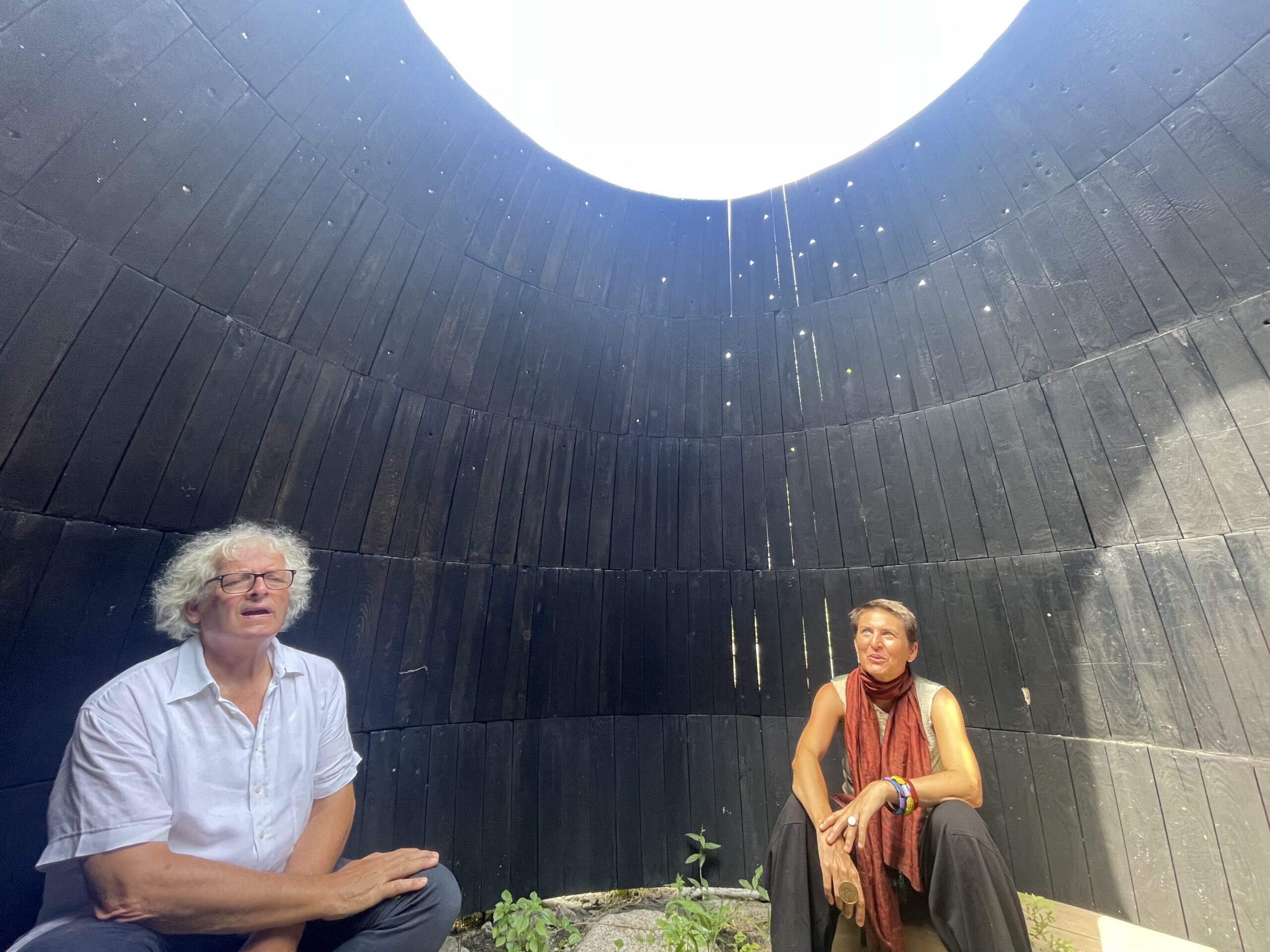
Martin and Anna at Field of Stars
To wrap up this conversation, Anna, how would you define “regenerative architecture”, which is your expertise?
Anna: Regenerative architecture, to me, is about circularity — the circle of life. It doesn’t just mean new creation. It includes decay, even death — and that’s important. One of the biggest things holding us back from building in harmony with nature, across many cultures, is this deep, human fear of decay, of letting things die. It’s an archaic fear, but very present. And yet, to truly build in sync with nature, we have to accept that decay is part of the process.
Historically, we didn’t strive for perfection in the way we do now. Wrinkles, aging — these were accepted as part of life, even as things of dignity and beauty. In the same way, we once saw value in things that were old, used, worn — things that had been cared for, touched by life, infused with memory and relationship.
That’s what regenerative architecture is for me: honoring the natural potential of a place. Not taking more than needed. Building in a way that allows what we make to one day return to the earth it came from. Because the truth is, nothing lasts forever. Everything erodes eventually.
What matters most, I believe, is not how long a building stands — but how much knowledge is created through its making. Lasting knowledge and skills are to be passed on, especially knowledge of how to use natural materials with care and creativity.
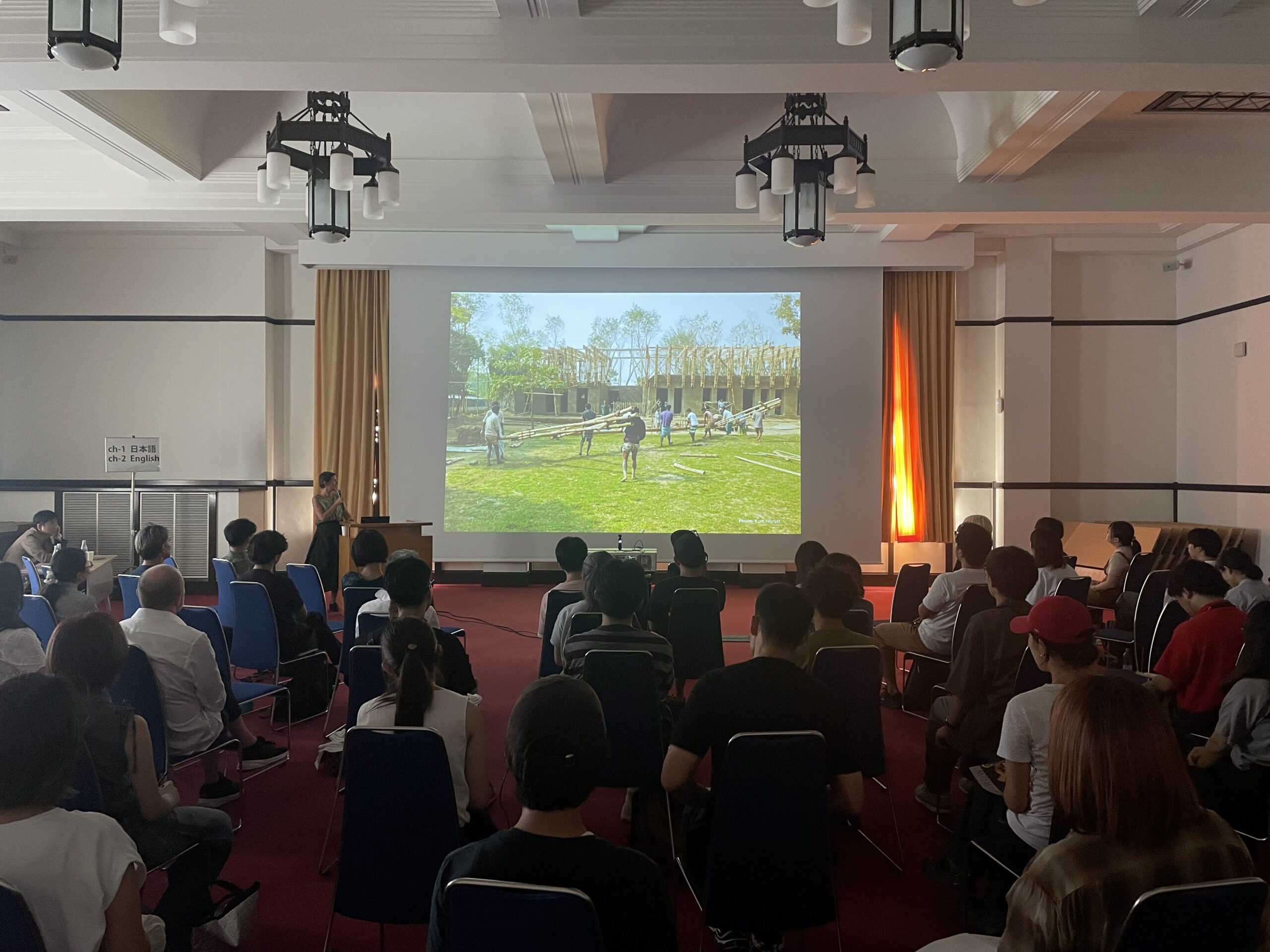
Anna presenting her project in Bangladesh (At Kyoto University)
Anna: Many high-end buildings today are designed by elite specialists. They use incredibly durable materials — steel, concrete, glass — but the know-how becomes monopolized. The knowledge stays within the experts, not with the people. And yes, these buildings stand for a time… until they don’t. Concrete breaks down. Water gets in. Steel corrodes. And when that happens, it’s a crisis — because no one knows how to fix it.
Our approach is different. We build in a way that shares knowledge as we build. The material can go back to the ground — that’s okay. What’s essential is that the knowledge stays alive. Because society might shift, and the next generation might need a different shape, a different use. If the building still has meaning, people will take care of it. But if not, the roof comes off, and it simply dissolves back into the ground.
And in the end and least, you can plant a garden on top — and that, to me, is the most beautiful thing.
Interviewer: Tomo Yoshizawa (Cultural Translator)
More information about the Rammed Earth Workshop
Other columns
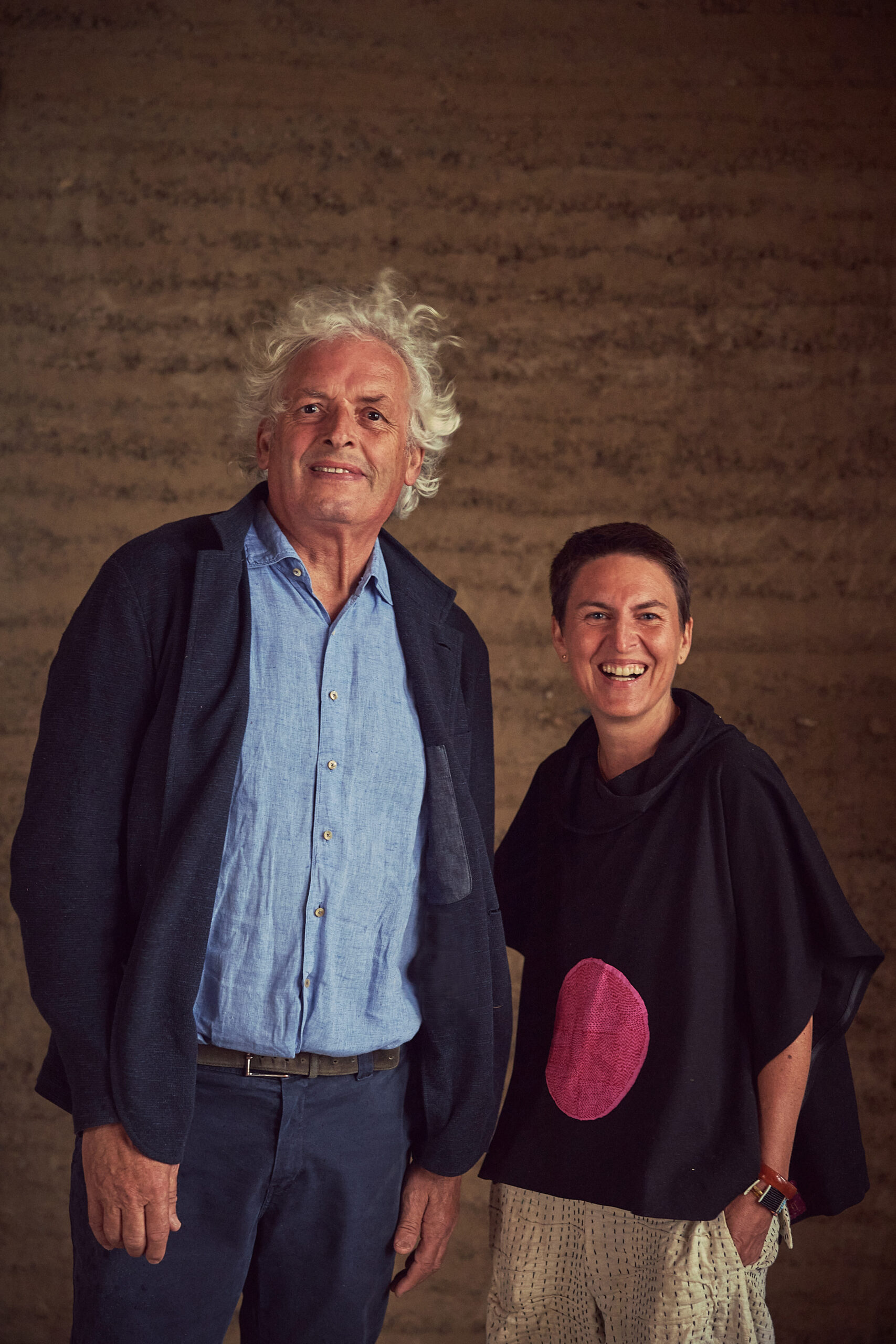
Darko Todorovic/ vai Vorarlberger Architektur Institut
